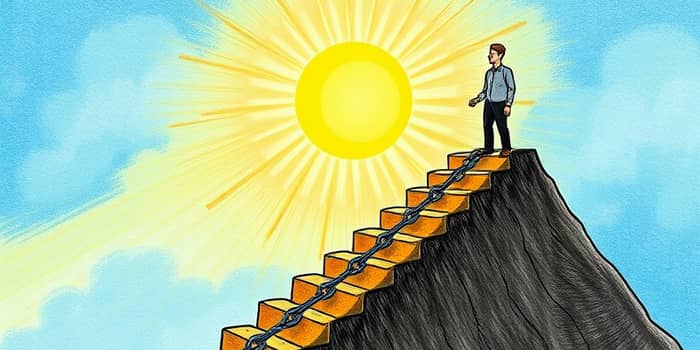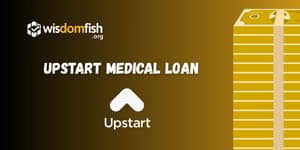
Debt can weigh you down both financially and emotionally. The habit of paying only the minimum each month seems manageable at first, but in reality it can extend your balance for years and cost you thousands in interest. By choosing to pay more than the minimum whenever you can, you accelerate your journey to financial freedom and regain control over your future.
While minimum payments provide short-term relief, they primarily cover interest charges, leaving the principal almost untouched. Over time, this adds up, stretching a small balance into a long-term burden. Below, we explore why this happens, practical strategies for paying more, and the powerful benefits that await you once you break free from the cycle of minimum payments.
When you receive your credit card statement, the minimum due might feel like a lifeline—an option to keep accounts current while freeing up cash for other expenses. However, these payments are typically designed to protect creditors, ensuring they collect substantial interest before any principal is reduced.
For example, with a $3,000 balance at 14% APR, a minimum payment of $65 per month can result in paying nearly $1,332 in interest and require 67 months to become debt-free. By increasing that payment to $100 per month, you can cut total interest to $713 and finish paying off the balance in just 38 months. That extra $35 each month results in significant long-term cost savings and months of additional freedom.
Numbers tell a clear story: even a modest increase in your monthly payment can have a profound effect on both payoff time and total cost. When you pay extra, you reduce the amount of interest that accrues each cycle, allocating more of your payment directly to the principal.
These figures underline how quickly interest can accumulate and how paying just a little extra each month can translate into dramatically reduce your long-term interest payments and regain control of your finances.
Beyond the financial calculations, choosing to pay more than the minimum delivers substantial financial relief and peace of mind. As your balances shrink, you’ll notice a drop in your credit utilization ratio, a key factor in calculating credit scores. Lower utilization opens doors to better credit opportunities and unlock better borrowing terms and rates.
Each of these advantages compounds the effectiveness of your extra payments, turning a small habit into a catalyst for lasting financial health.
Implementing a plan to pay more than the minimum doesn’t require a windfall. It begins with intentional steps that fit your lifestyle and budget.
Combining these methods creates a customized approach. You might start with the snowball to gain momentum, then switch to the avalanche to maximize savings as your balances drop.
Not everyone has room in their budget for significant extra payments immediately. That’s why it’s crucial to start small and scale up as your situation allows. Even adding $5 or $10 more each month can make a difference over time.
If you’re struggling to make extra payments, consider these options:
By exploring available resources and maintaining consistent action, you can inch closer to financial freedom with every payment.
Your journey toward eliminating debt and building a stronger financial future starts with a single decision: to pay more than the minimum whenever you can. This simple shift in mindset and behavior can transform years of carrying balances into a clear path toward ownership of your finances.
Embrace this plan, adapt it to your lifestyle, and witness how each extra dollar contributes to a life free from the burden of high-interest debt. With dedication and strategic choices, you’ll avoid the trap of endless debt and secure a brighter, more empowered tomorrow.
References













